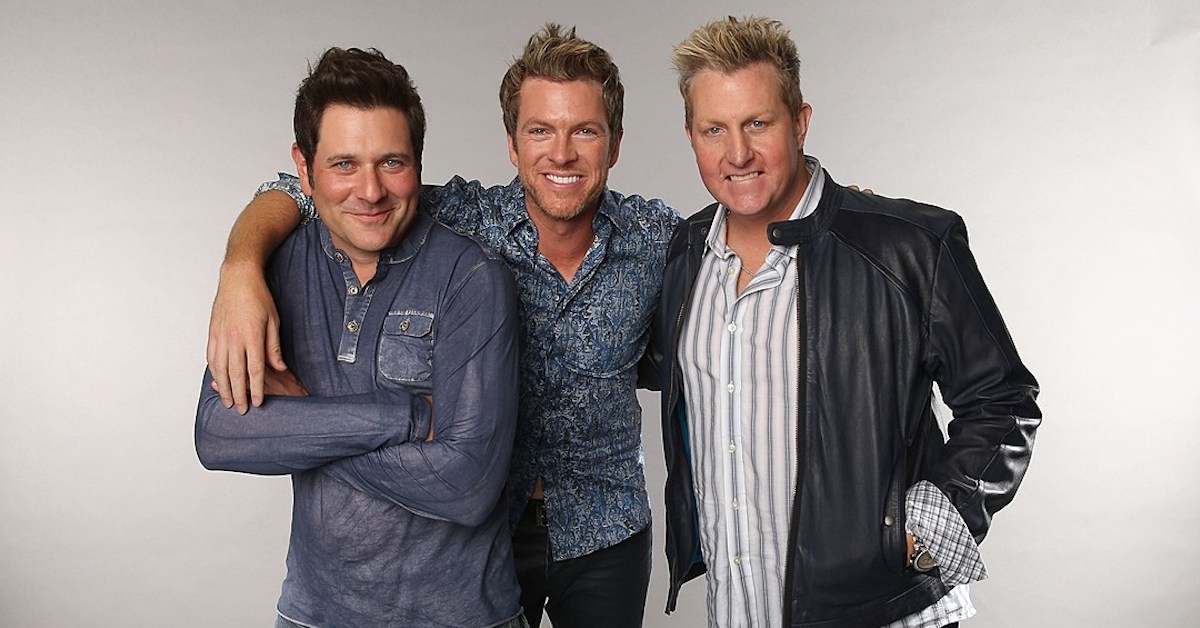There are so many great things going on in the song “Here” by Rascal Flatts that it’s well worth spending some time looking into what makes it tick. The melody is tight, well-structured, and unforgettable. Lyrics are focused like a laser on the emotion at the heart of the song.
“Here” recorded by Rascal Flatts
Writers: Steve Robson & Jeffrey Steele
Shortcut numbers refer to my book “Shortcuts to Hit Songwriting.”
SONG STRUCTURE
The song structure is the one that’s used in so many of today’s hit singles:
VERSE / PRE-CHORUS / CHORUS
VERSE / PRE-CHORUS / CHORUS
BRIDGE / FINAL CHORUS
The chorus begins with the line “And I wouldn’t change a thing…” and ends with an emotional payoff in the final phrase “here, right here.” Notice how this phrase is set up with a short pause that gives it more weight and draws attention to it (Shortcut #96).
The pre-choruses both begin with the phrase, “I know now…” The bridge flows right out of the second chorus so it’s a little harder to spot. It actually starts with the last word of the chorus (and the title of the song): “here… in a love I never thought I’d get to.” The word “here” does double duty as the end of the chorus and beginning of the bridge, a great way to keep the song flowing forward and pull the listener right into the bridge. Try this idea in one of your own songs as a transition between sections.
LYRICS
This lyric is a good example of taking a familiar theme – Love – and approaching it from an unusual angle. Actually, it reminds me of another Rascal Flatts hit, “Bless the Broken Road.” The message is: Love is worth the struggle it takes to find and appreciate it. Here, the struggle is treated in more depth and detail than in “Bless the Broken Road.”
The first verse uses a group of poetic images – “in and out of buildings” “behind windows, walls, and doors” – to suggest someone who has essentially kept himself at a distance from others. And sure enough, the lines that follow support that idea; the singer didn’t stay in any relationship for very long. This is an effective use of the family of associations that come with certain images (Shortcut #58).
The chorus lyric builds intensity in the first four lines, culminating in the singer stating that he would relive a broken heart “on the day that it was breaking.” Raising the stakes over a series of lines is a creative way to draw your listeners into your song.
Every line in the chorus includes an image or action word. By using visual and physical words, the song avoids making abstract statements about how the singer feels. Abstract statements leave listeners out in the cold. Get them involved in your song by giving them words they can see and feel (Shortcuts #57 and #62).
The rhymes are simple and don’t call attention to themselves. This is a conversational lyric, giving the impression that the singer is revealing personal feelings in an honest way, as if he just thought of what he’s saying. Keeping the rhymes simple and unobtrusive adds to the believability of the lyric.
MELODY
This melody is another beauty from Jeffrey Steele, a master class in contemporary Country melody writing. Here are some things to listen for:
The verse melody consists of two very short phrases, followed by a long phrase. This pattern is then repeated with a little variation to keep it interesting. Notice how the long third line runs right up to the beginning of Line 4 (“…walls and doors / And I thought I found it…”) Use this idea to add forward momentum to your melody, pulling listeners into the next line just when they expect to take a little rest!
The pre-chorus melody begins with a three smooth, held-out notes (“I know now…”), very different from the chatty verse melody, creating contrast that gets noticed. This is followed by a couple of repeated melodic phrases (“the place that I… Was you right here…”). Repetition like this creates tension, dynamically building the listener’s sense of anticipation going into the chorus. And the chorus does not disappoint…
The chorus opens with a big interval jump. It’s an octave from the end of the pre-chorus to “wouldn’t change a thing” in the first line of the chorus! A jump like this grabs the listener’s attention and makes it clear the song has moved to a new emotional level (Shortcut #93).
Notice that the chorus melody, like the verse melody, also features two short melodic phrases followed by a longer one, then repeats that pattern before arriving at the final payoff line. This is a melodic pattern that’s very appealing and memorable. Try writing a chorus melody of your own based on this pattern (Shortcut #90).
There are many more useable, exciting techniques in this song that you can apply to your own melodies and lyrics. It’s well worth studying if you’re interested in writing for today’s hot Contemporary Country market.
TRY IT NOW
Learn to play and sing this song to lock in the feel of this melody and lyrics. Write a chorus melody that features a pattern of phrase lengths – two short and one long, or one long and two short. Write a verse melody with a different pattern. Using patterns in one way to make your melody easy to remember!
by Robin Frederick
